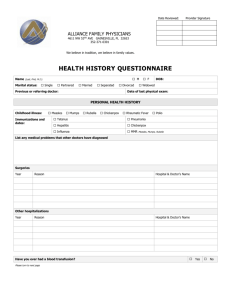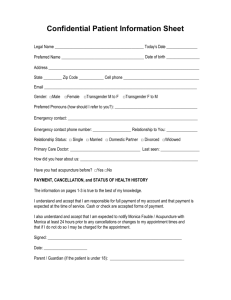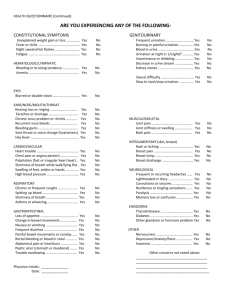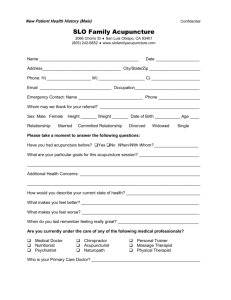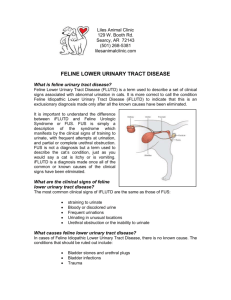Abdominal pain ,painful and difficult urination
advertisement
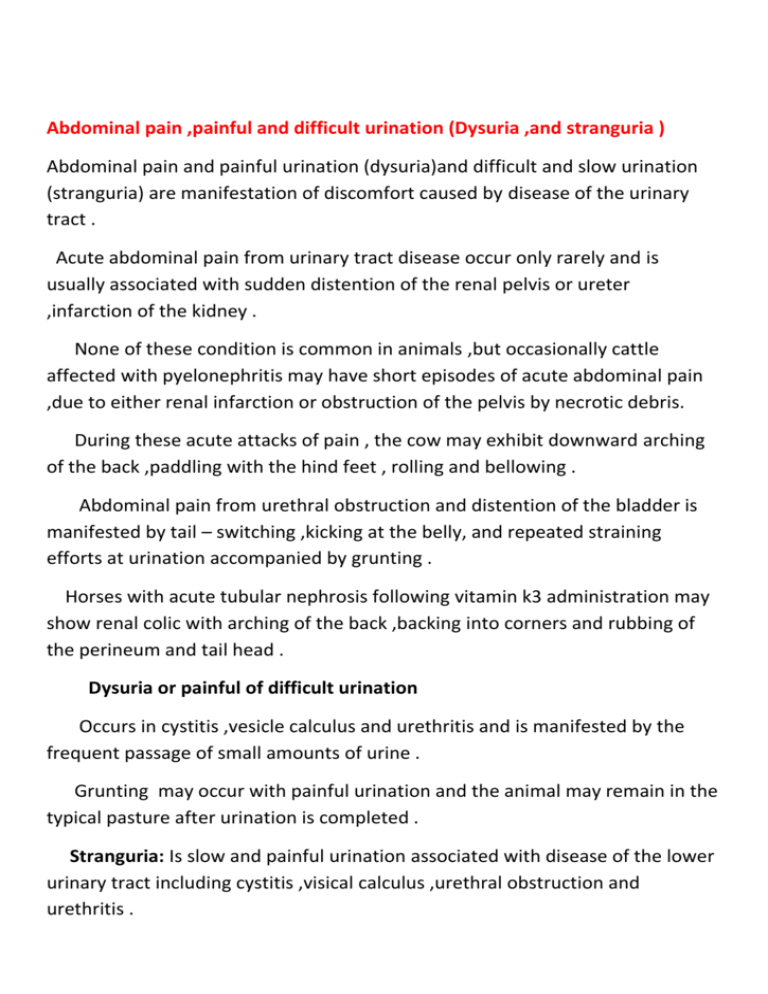
Abdominal pain ,painful and difficult urination (Dysuria ,and stranguria ) Abdominal pain and painful urination (dysuria)and difficult and slow urination (stranguria) are manifestation of discomfort caused by disease of the urinary tract . Acute abdominal pain from urinary tract disease occur only rarely and is usually associated with sudden distention of the renal pelvis or ureter ,infarction of the kidney . None of these condition is common in animals ,but occasionally cattle affected with pyelonephritis may have short episodes of acute abdominal pain ,due to either renal infarction or obstruction of the pelvis by necrotic debris. During these acute attacks of pain , the cow may exhibit downward arching of the back ,paddling with the hind feet , rolling and bellowing . Abdominal pain from urethral obstruction and distention of the bladder is manifested by tail – switching ,kicking at the belly, and repeated straining efforts at urination accompanied by grunting . Horses with acute tubular nephrosis following vitamin k3 administration may show renal colic with arching of the back ,backing into corners and rubbing of the perineum and tail head . Dysuria or painful of difficult urination Occurs in cystitis ,vesicle calculus and urethritis and is manifested by the frequent passage of small amounts of urine . Grunting may occur with painful urination and the animal may remain in the typical pasture after urination is completed . Stranguria: Is slow and painful urination associated with disease of the lower urinary tract including cystitis ,visical calculus ,urethral obstruction and urethritis . The animal strains to pass each drop of urine .Groaning and straining may precede and accompany urination when there is urethral obstruction . In urethritis ,groaning and straining occur immediately often urination has ceased and gradually disappear and do not recur until urination has been repeated . Morphological abnormalities of kidney and ureters Enlargement or decreased size of kidney may be palpable on rectal examination or defected by ultrasonography . Palpable abnormalities of the bladder and urethra:Abnormalities of the bladder: which may be palpable by rectal examination include: gross enlargement of the bladder , rupture of the bladder ,a shrunken bladder following rupture ,and palpable abnormalities in the bladder such as cystic calculi . Abnormalities of the urethra: include :enlargement and pain of the pelvic urethra and its external aspects in male cattle with obstruction urolithiasis and obstruction of the urethral process of male sheep with obstructive urolithiasis . Acute and chronic renal failure: The clinical findings of urinary tract disease vary with the rate of development and stage of the disease . In most cases ,the clinical signs are those of the initiating cause .In horses ,mental depression ,colic and diarrhea are common with oliguria or polyuria . Cattle with uremia are similar and in addition are frequently recumbent And may have a bleeding diathesis . In chronic renal disease of all species , there is a severe loss of body weight ,anorexia ,polyuria ,polydipsia and ventral edema . Uremia:Uremia is the systemic state which occur in the terminal stages of renal insufficiency . Anuria or oliguria may occur with uremia . Oliguria is more common unless there is complete obstruction of the urinary tract . Chronic renal disease is usually manifested by polyuria ,but oliguria appears in the terminal stages when clinical uremia develops . The uremia animal is depressed and anorexia with muscular weakness and tremor . In chronic uremia ,the body condition is poor ,due probably to continued loss of protein in the urine , dehydration and anorexia . The respiration is usually increased in rat and depth but is not dyspneic . In the terminal stage it may become periodic in character . The heart rate is markedly increased because of terminal dehydration and myocardial asthenia .but the temperature remain except in infection processes and some cases of acute tubular nephrosis . The animal becomes recumbent and comatose in the terminal stage . The temperature falls to below normal and death occurs quietly , the whole course of the disease having been one of gradual intoxication . Special examination of the urinary system: Renal function tests : by restraining the animal on clean ,dry floor , which is examined periodically to determine whether or not urine is being voided. Renal function tests evaluate the functional capability of the kidney and, in general, assess blood flow to the kidneys, glomerular filtration and tubular function. Test of urine : specific gravity normal specific gravity is (1.028-1.032) in chronic diseases this decreases to about (1.010). Test of blood : blood urea and creatinine determinations are essential components of an evaluation of urinary system . 3
